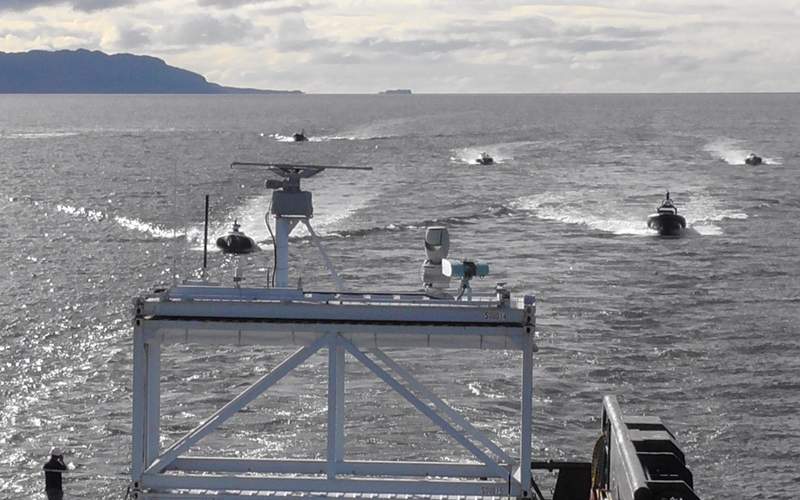

QinetiQ is set to lead the fourth phase of the UK Defence Science and Technology Laboratory’s (Dstl) maritime autonomous platform exploitation (MAPLE) project.
The MAPLE project will be conducted in collaboration with BAE Systems, SeeByte and Thales, and seeks to create a new maritime mission planning and command and control (C2) system for unmanned vehicles.
MAPLE will is also expected to demonstrate and de-risk the integration of command and control networks for multiple unmanned systems into British Royal Navy vessels' existing combat systems.
A technology demonstrator known as autonomous control exploitation and realisation (ACER) was previously developed based on Dstl’s open architecture combat system (OACS) as part of the project's third phase.
ACER was demonstrated during the Royal Navy's Unmanned Warrior 2016 exercise, which was held off the coast of Scotland.
The exercise involved the successful integration of ACER data obtained from 25 unmanned air, surface and underwater vehicles from a total of 12 different organisations.
QinetiQ Maritime Programmes director Stuart Hider said: “Through effective collaboration we are building on the ACER system’s success at Unmanned Warrior.
“MAPLE is a key project in unlocking the huge potential of unmanned vehicles and autonomous systems to safeguard sovereign interests.”
Phase four of the MAPLE initiative will see the participants continue to upgrade the system's design, as well as validate its architecture and expand its capabilities to include communications.
The capability enhancements will be demonstrated through a wide range of synthetic experiments that will be carried out at QinetiQ’s Portsdown site, in addition to various live exercises.
Image: QinetiQ enters the fourth phase of the maritime autonomous platform exploitation project. Photo: courtesy of QinetiQ.



